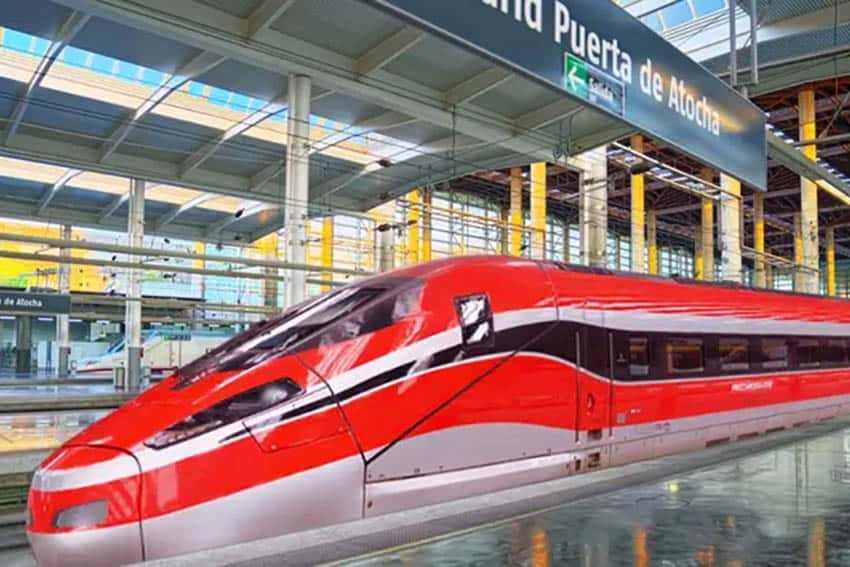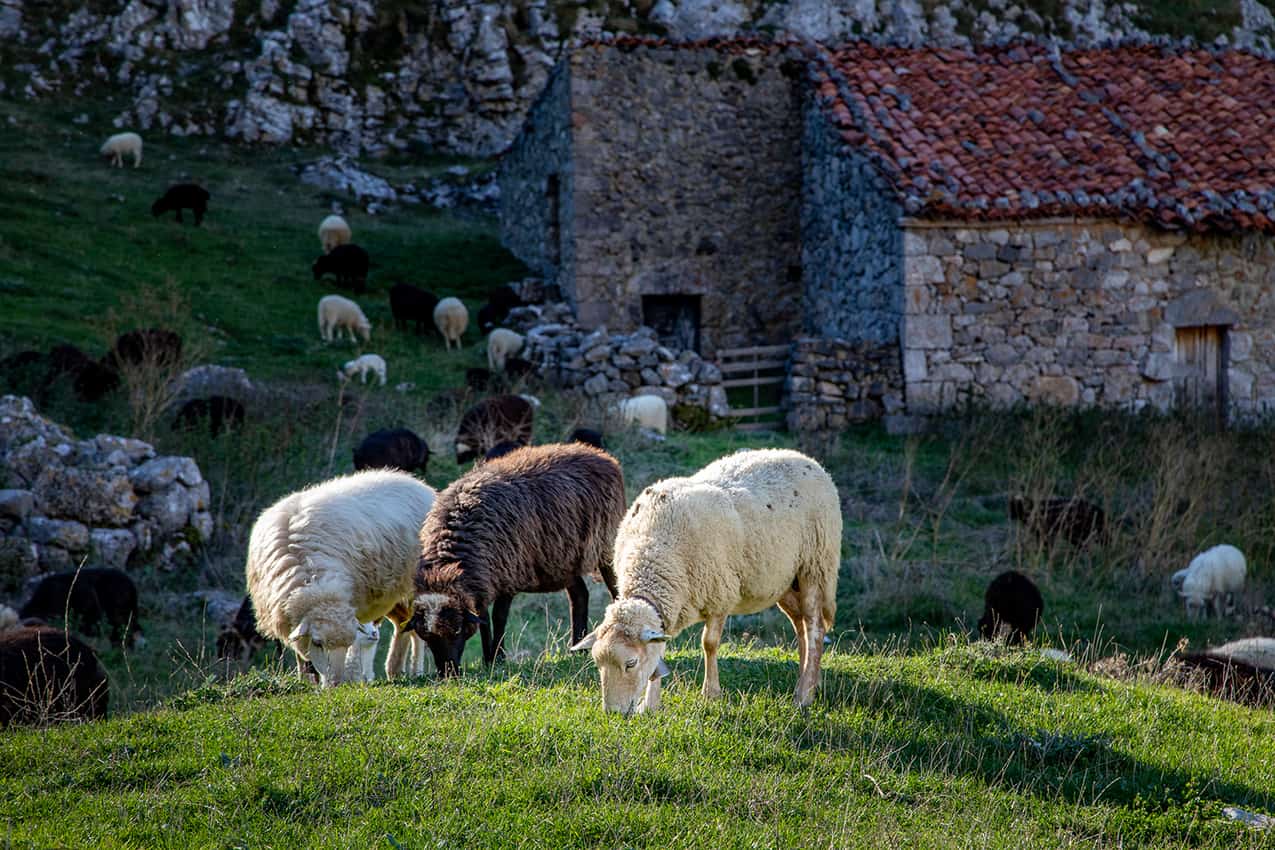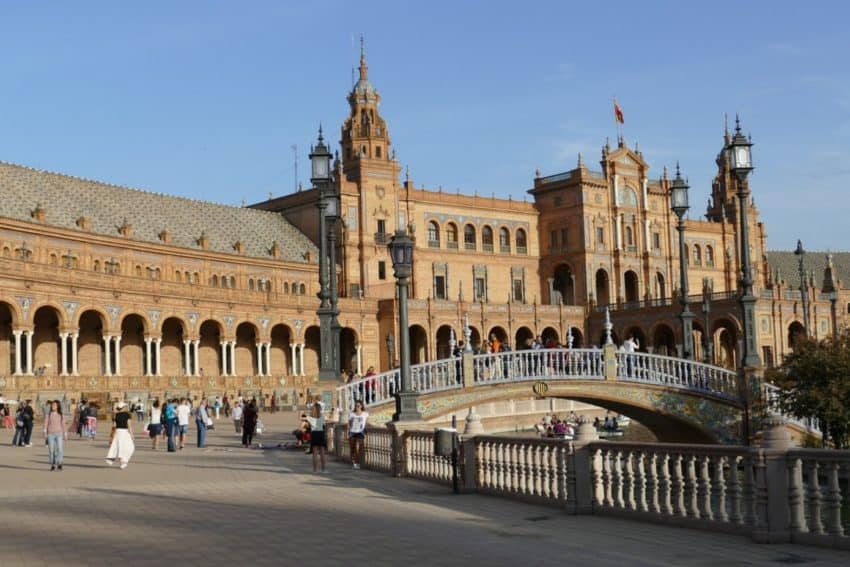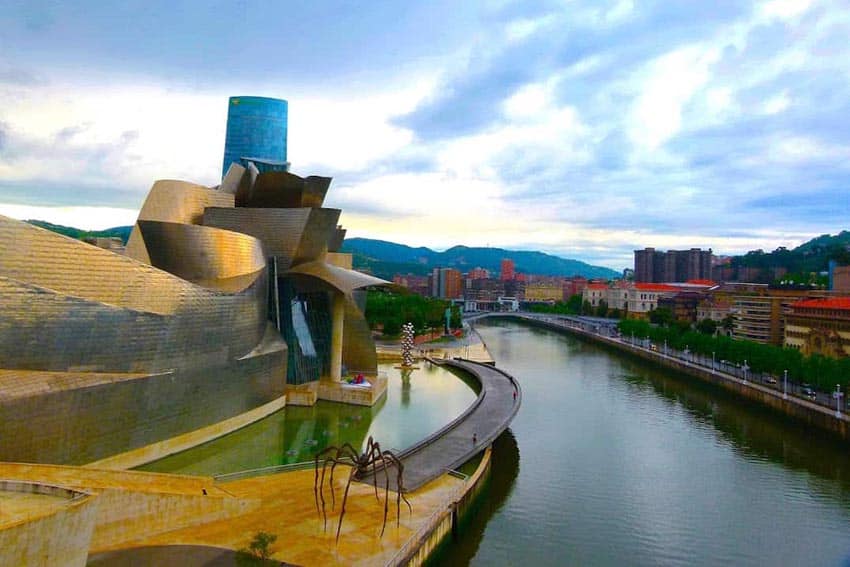
Guggenheim Museum Attracts Worldwide Visitors to Bilbao, Spain
By Jackie Sheckler Finch
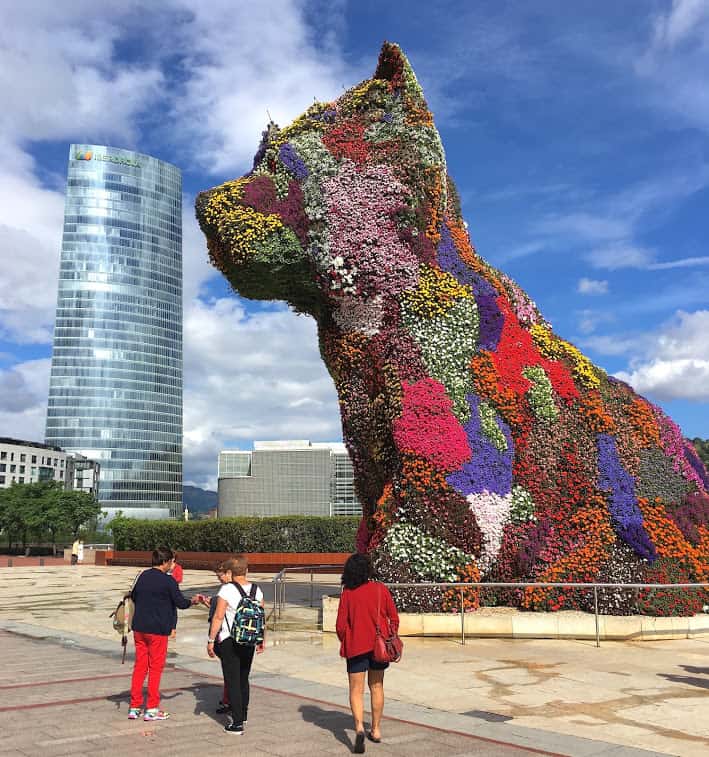
Like a silent sentry, the gigantic “Puppy” stands ready to welcome visitors to his beautiful home. Multiple cameras and cellphones snap pictures of the unusual dog sculpture. In fact, it is difficult to get a photo when someone isn’t posing near the Bilbao landmark.
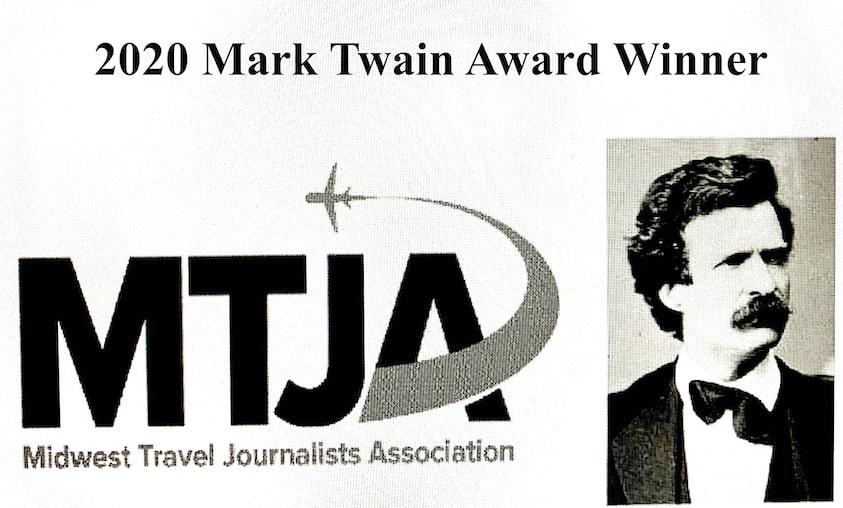 But it wasn’t so long ago that travelers shunned this historic city in northern Spain.
But it wasn’t so long ago that travelers shunned this historic city in northern Spain.
“If you didn’t see the way Bilbao used to be, you wouldn’t believe it,” said Mikel Mugalari of Tours by Basques. “It didn’t look like this at all.”
Chartered in 1300 along the Bay of Biscay, Bilbao grew slowly but steadily with a strong economic base built on shipbuilding, steel and chemical industries. At the beginning of the 20th century, Bilbao was said to be the wealthiest city in Spain.
Then the bottom fell out.
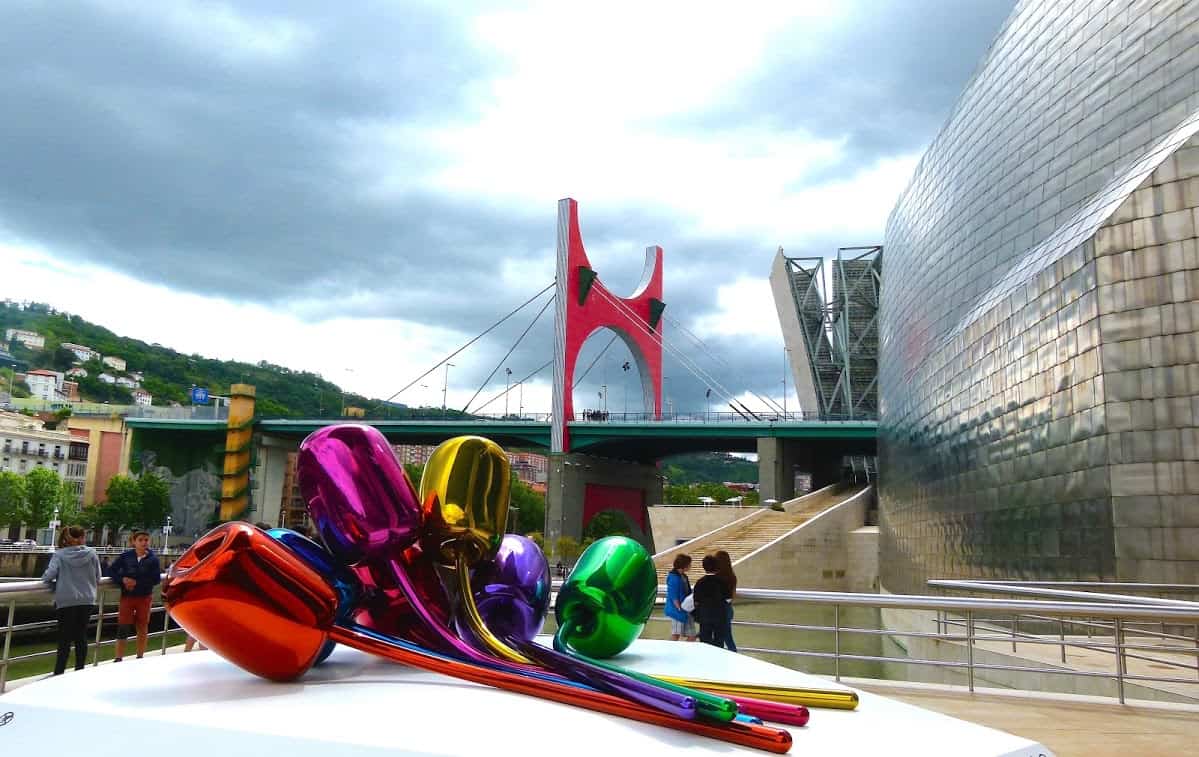
When the steel and shipbuilding industry floundered and industrial decline set in, Bilbao was hit with a deep economic crisis.
The once-bustling waterfront became derelict. Decades of industry had left the city grubby and polluted.
Bilbao was the pits.
For some cities, that might have been a death blow. But Bilbao turned the tide.
“What happened was the Guggenheim,” Mugalari said. “It is what changed Bilbao.”
Guggenheim Was a Spark
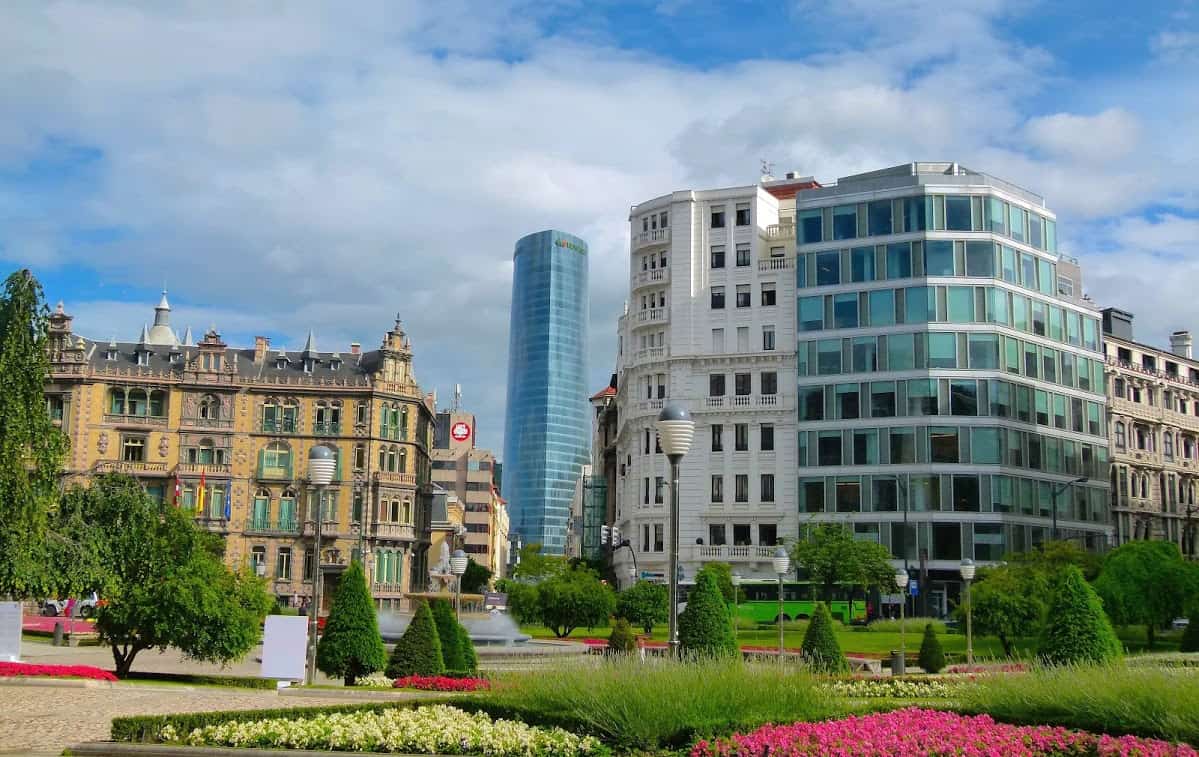
Opened in October 1997, the Guggenheim Museum Bilbao was designed by Frank Gehry and cost an amazing 130 million Euros paid for by the Basque government.
“We were in the middle of a crisis,” said Guggenheim Museum guide Itziar. “Some people thought it was crazy to spend that much money. But it worked.”
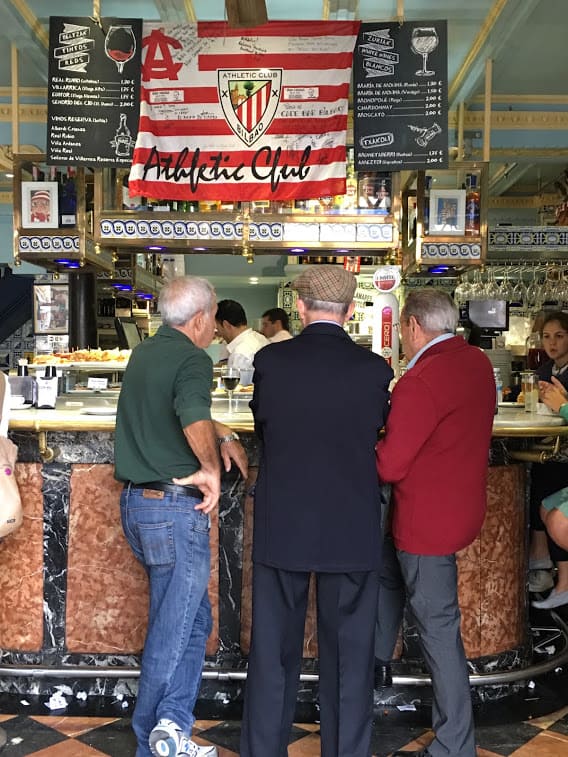
How in the world did Bilbao officials convince the renowned Guggenheim to build in their city and to have famed architect Frank Geary do the design?
“It was a risky business when the revitalization efforts got started in the 1990s,” Itziar said. “We needed an important cultural facility so we got in touch with the Guggenheim and with Frank Gehry.”
Why Bilbao?
Surprisingly, both the Guggenheim and Gehry decided to do the project. “Why Bilbao instead of Paris or London or Athens?” Itziar asked. “Frank Gehry himself came here and said, ‘This is the place, next to the river.’”
The result is an eye-popping shimmer of titanium, glass, and limestone that looks like a magnificent winged ship sailing down the old port. “It reacts differently to the different light,” Itziar said. “Sometimes it looks like silver, sometimes it looks like gold. We never get tired of looking at it.”
The location was ideal, she added. “The river was the reason Bilbao exists so it just seems right that we are honoring the river again. It reminds us of our tradition to the sea,” Itziar said.
The museum exterior is dazzling as is the artwork surrounding it. The iconic Puppy floral sculpture was created by Jeff Koons.
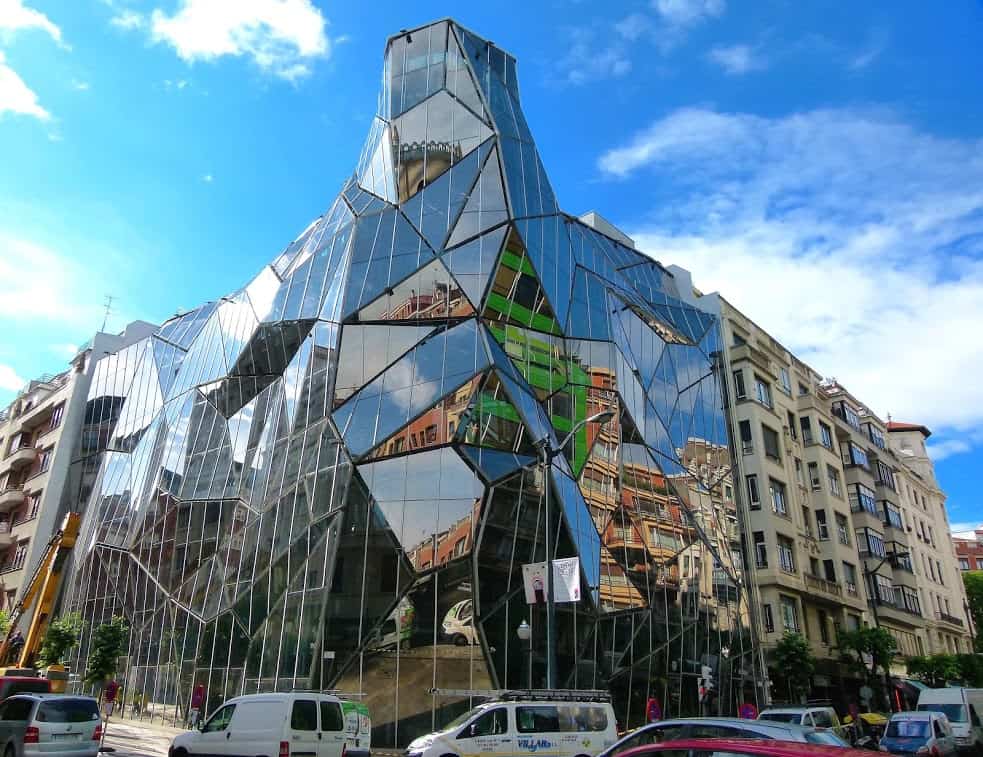
The 43-foot-tall living plant creation was modeled after a West Highland terrier and changes according to the time of year and the blooming plants, including colorful marigolds, begonias, impatiens, petunias, and lobelias.
An Eerie Spider
An eerie spider creeps nearby. Named “Maman” – the French word for Mother – the sculpture by artist Louise Bourgeois measures more than 30 feet high and 33 feet wide with a sack containing 26 marble eggs.
“The spider is a tribute to her mother, both protector, and predator,” Itziar said, adding that the spider’s silk is used both to construct cocoons and also to bind prey. The artist’s mother was a weaver.
Inside the Guggenheim are soaring outer galleries plus a suite of 10 galleries in the building’s core that house a permanent collection of works by world masters like Matisse, Picasso, Chagall, Andy Warhol, Robert Motherwell, Paul Klee, and Roy Lichtenstein. The structure was created to make maximum use of natural light.
Following the success of the Guggenheim, other major projects took place and many of the world’s best architects joined in – Santiago Calatrava, Arata Isozaki, Norman Foster, and Philippe Starck among them. An exemplary new metro system was added.
“The Guggenheim was the engine for the transformation of the whole city,” Itziar said.
Recouped in Four Years

With the Guggenheim as a major draw, visitors discovered the new splendor of Bilbao. Within four years, the cost of the project had been recouped and the economic impact continues to be huge. More than a million people a year now visit the museum.
Thankfully, visitors also find that the old Basque soul of Bilbao is still alive and well. Historic architecture blends seamlessly with new. Traditions are honored.
“You need to try the pintxos,” Mugalari said of the Basque tradition. “They are the Basque version of tapas, only they are smaller bite-size. You pick them up with your fingers and eat them.”
In the evening, it is customary to stroll to a neighborhood bar to have a drink, snack on pintxos, and discuss world events. Pintxos vary from place to place and Basques often move from one bar to another in an evening – one beer or wine, one or two pintxos, and move on.
Delicious Works of Art: Pintxos of Bilbao
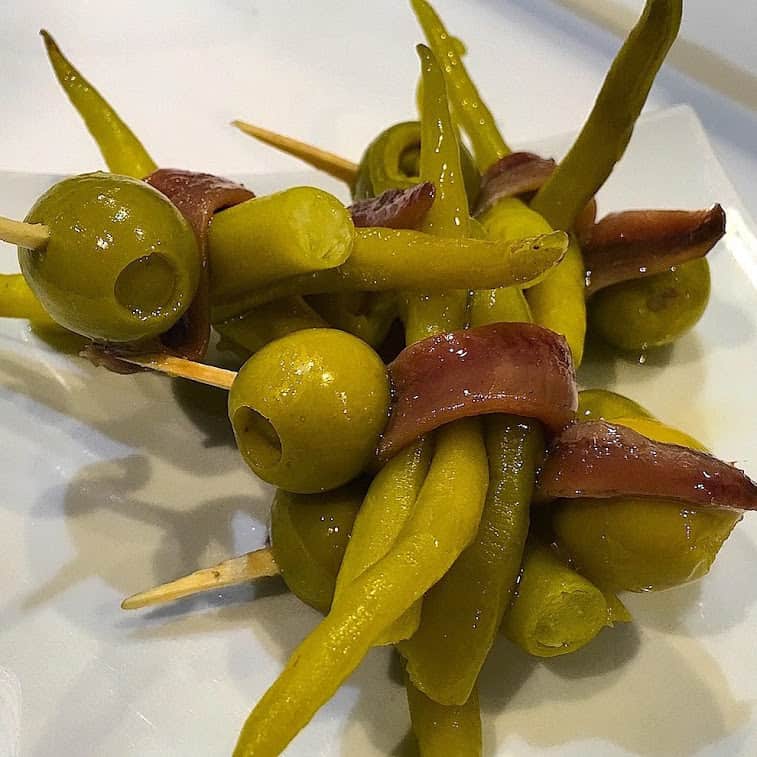 |
|
 |
Some pintxos look like delicious little works of art. Sometimes they are Ibérico ham, seafood, beef, cheese, peppers, roasted tomatoes, olives, potatoes, and more.
Patrons usually stand at the bar or in a courtyard during their visit and pay their tab when they are ready to leave.
The bill is on the honor system – just tell the bartender what you had, then pay up. It’s impressive though, how the bartenders keep track of everything and they know what you ate when you go to pay!
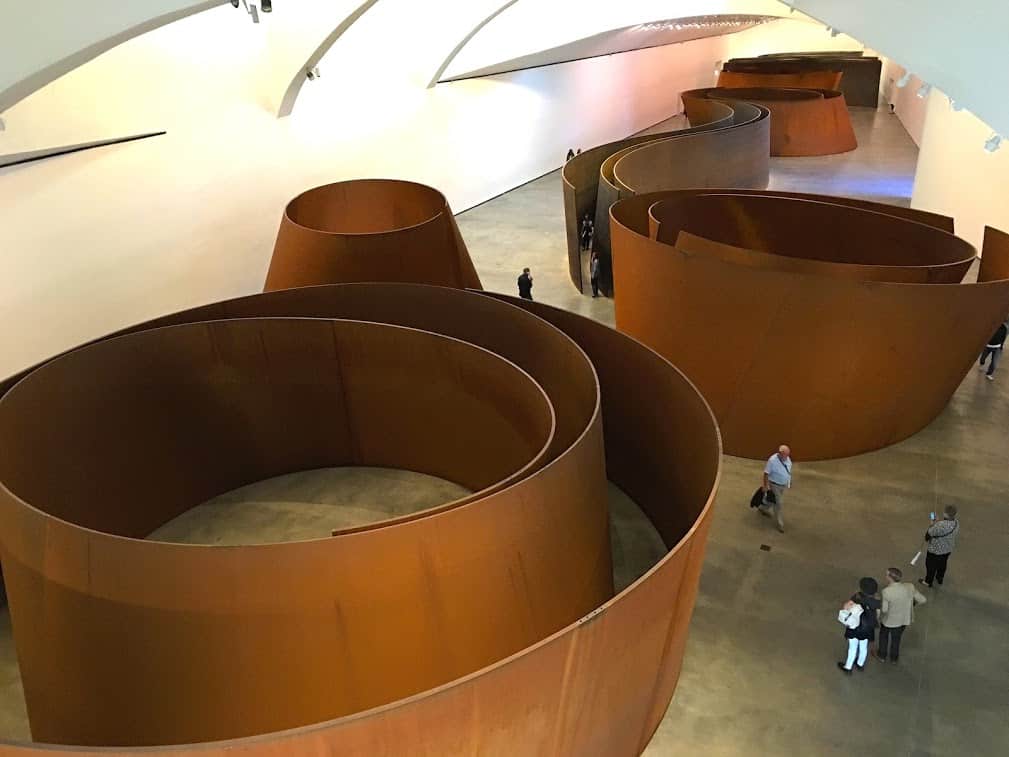
Legend says that pintxos began when an ailing Spanish king was forced to eat small amounts of food with wine to keep up his energy. Folks thought that was a great idea and soon followed suit.
Since it is not uncommon in Spain to eat dinner very late, pintxos are a tasty appetizer and a chance to wind down and prepare for a leisurely late dinner.
“It’s a good way to end a day,” Mikel said. “It’s relaxing. It seems like everyone has their favorite pintxos and their favorite place to get them. It’s an important part of our culture here in Bilbao.”
For more information: Contact the Tourist Office of Spain in Chicago at (312) 642-1992, www.spain.info or Basque Country Tourism Board at www.basquecountry-tourism.com or Tours by Basques at www.toursbybasques.com
Eurail Passes: What to Know about Buying a Europe Train Pass
- American Melody Cruise: Perfect! - January 29, 2024
- Spanish Museums Honor Picasso on 50th Anniversary - December 19, 2023
- Riverboat Tour on the New Viva Two - October 16, 2023



